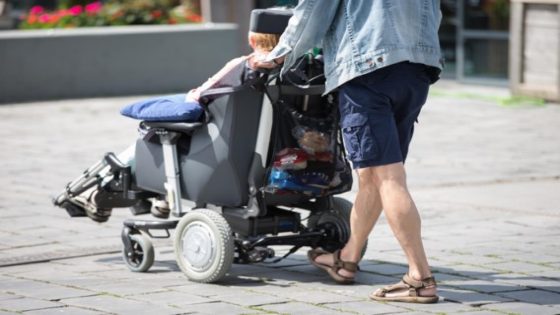On March 19, 2025, the Spanish government approved a decree for the permanent relocation of unaccompanied migrant minors. This decision aims to address overcrowding in areas like the Canary Islands and Ceuta, where capacity has reached 300%. With 4,000 minors expected to be relocated this year, how will this impact communities across Spain?
- Permanent relocation mechanism for unaccompanied minors approved
- 4,000 minors to be relocated from Canary Islands
- Economic compensation for overburdened regions included
- PP criticizes government for "trading" minors
- Congress considers expedited eviction law for squatters
- PSOE supports law but seeks amendments
Spain’s New Law for Migrant Minors: What You Need to Know
How is Spain managing the influx of unaccompanied migrant minors? The recent law allows for the relocation of minors from overcrowded areas to other regions. This is a significant step in addressing the humanitarian crisis while ensuring that no single region bears the brunt of the responsibility.
Understanding the Distribution of Unaccompanied Migrant Minors in Spain
The approved decree outlines a systematic approach to relocating unaccompanied minors. Here are some key points:
- 4,000 minors will be relocated from the Canary Islands and 400 from Ceuta.
- Regions will receive minors based on their population and past efforts to accommodate migrants.
- Financial compensation will be provided to regions exceeding average capacity.
- Political tensions arise as some regions express concerns over their capacity to accommodate more minors.
Political Reactions to the New Law on Migrant Minors
The political landscape surrounding this law is complex. The People’s Party (PP) has criticized the government for allegedly “trading” with migrant minors. Madrid’s president, Isabel Díaz Ayuso, plans to challenge the agreement in court. How will these political disputes affect the implementation of the law?
Impact on Local Communities and Resources
Relocating unaccompanied minors will undoubtedly impact local communities. Regions like Madrid and Andalusia are expected to receive the highest number of minors. This raises questions about resource allocation and community readiness. Will local governments have the support needed to integrate these minors effectively?
In conclusion, Spain’s new law for the relocation of unaccompanied migrant minors is a crucial step in addressing a pressing humanitarian issue. It highlights the need for balanced responsibility among regions and sparks important discussions about immigration policies that may resonate beyond Spain.































